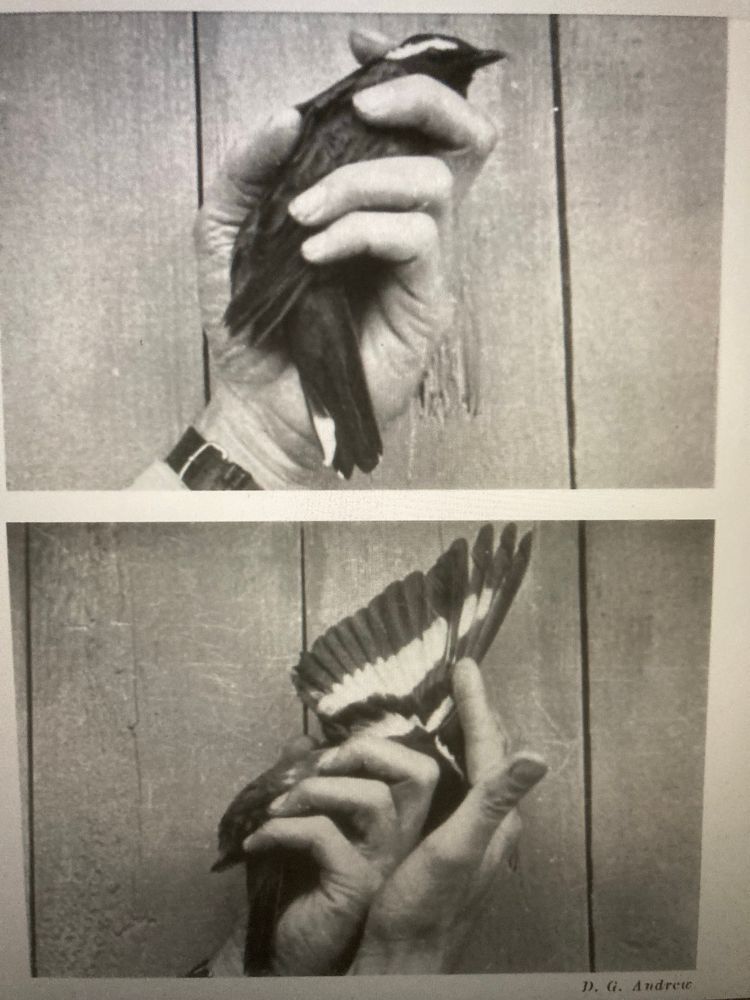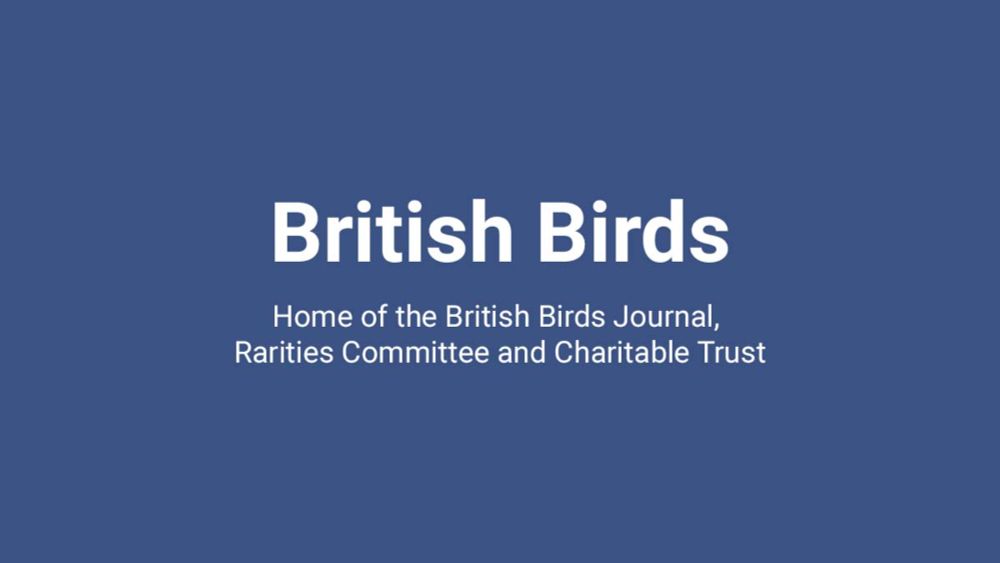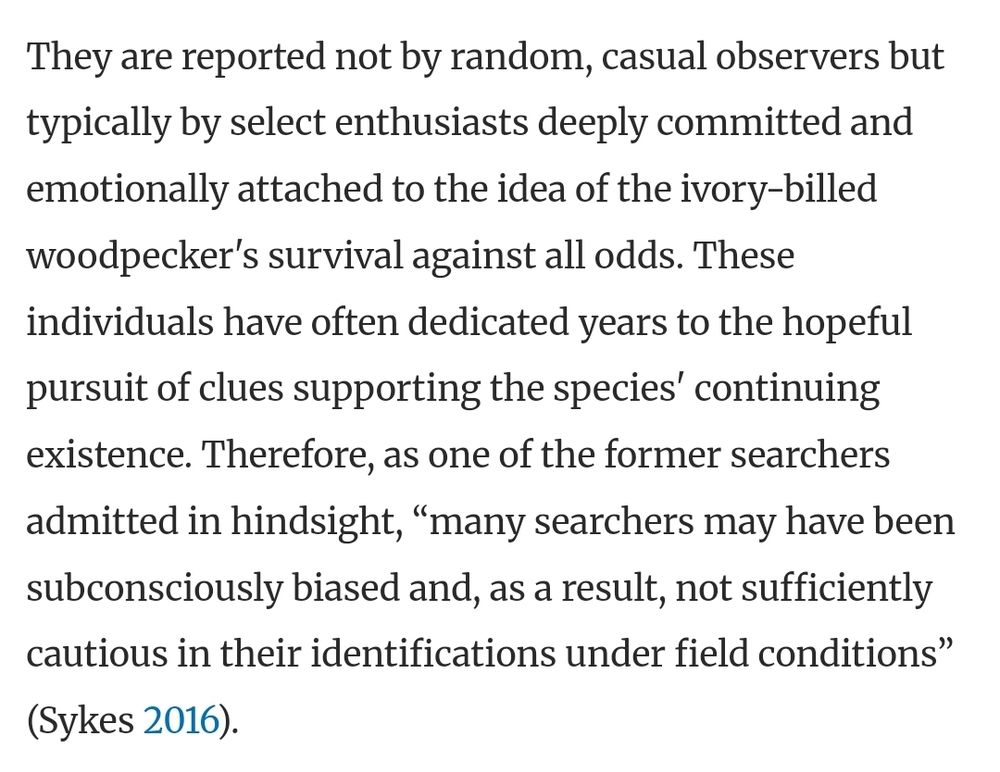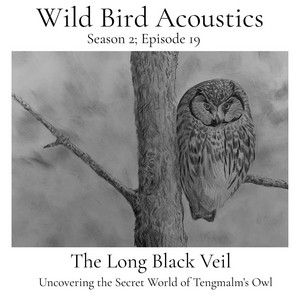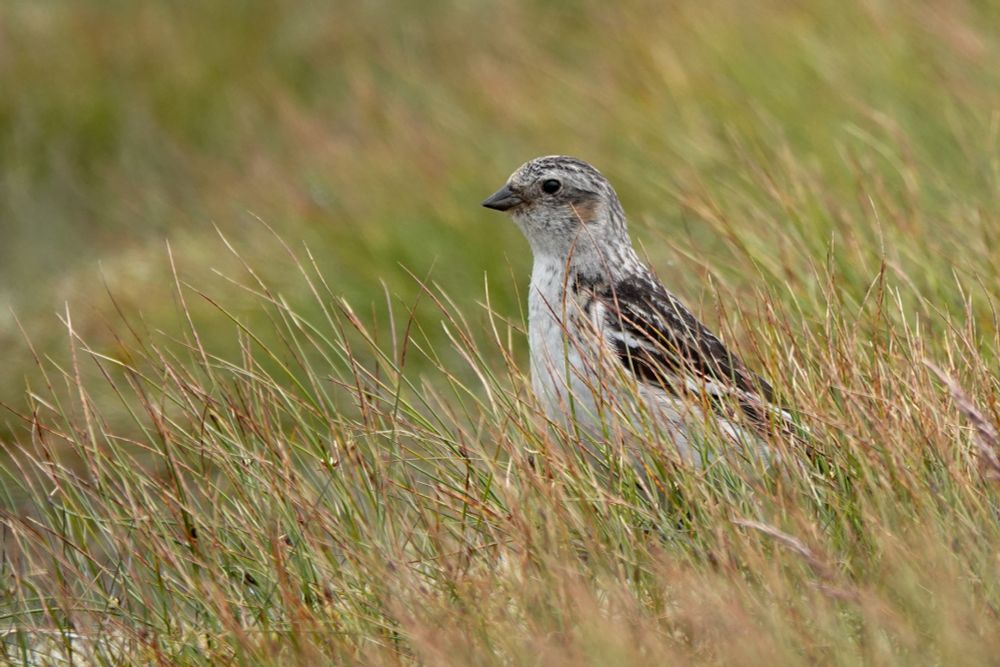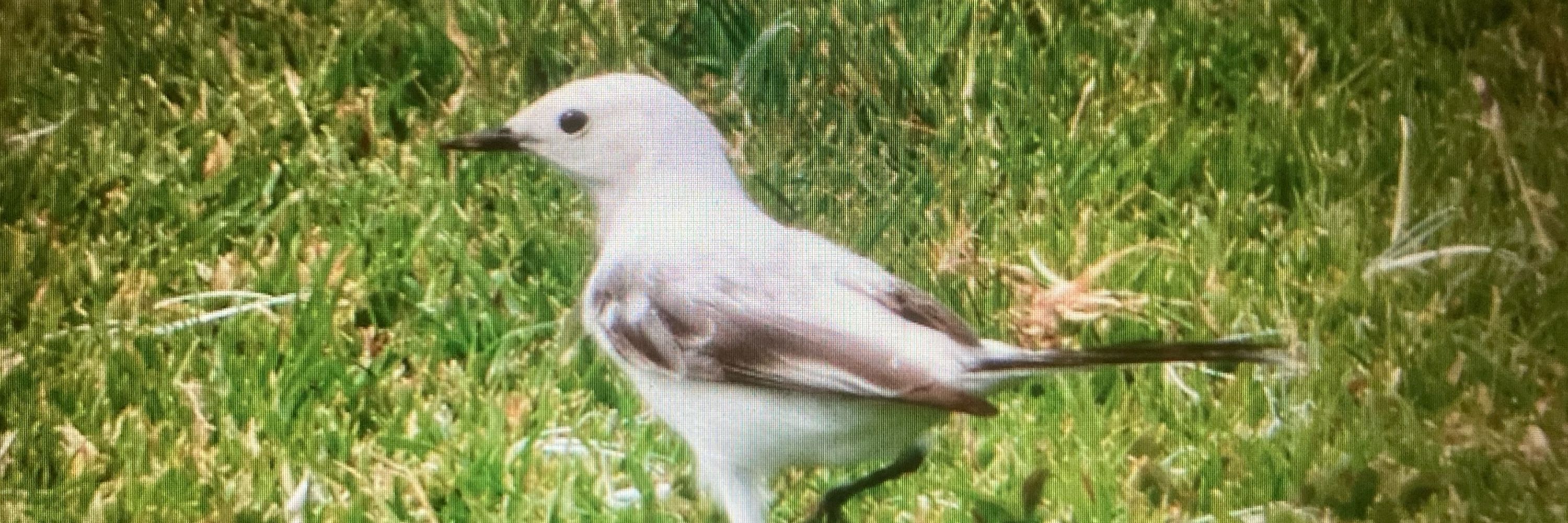
Andrew Harrop
@ahjharrop.bsky.social
560 followers
350 following
92 posts
For sound recordings go to https://xeno-canto.org/contributor/HNYFHZLJOD
Posts
Media
Videos
Starter Packs
Reposted by Andrew Harrop
Reposted by Andrew Harrop
Reposted by Andrew Harrop
Reposted by Andrew Harrop
Reposted by Andrew Harrop
Andrew Harrop
@ahjharrop.bsky.social
· Sep 15
Reposted by Andrew Harrop
Andrew Harrop
@ahjharrop.bsky.social
· Sep 13
Reposted by Andrew Harrop
Andrew Harrop
@ahjharrop.bsky.social
· Aug 26
Reposted by Andrew Harrop
Reposted by Andrew Harrop
Andrew Harrop
@ahjharrop.bsky.social
· Jul 28


